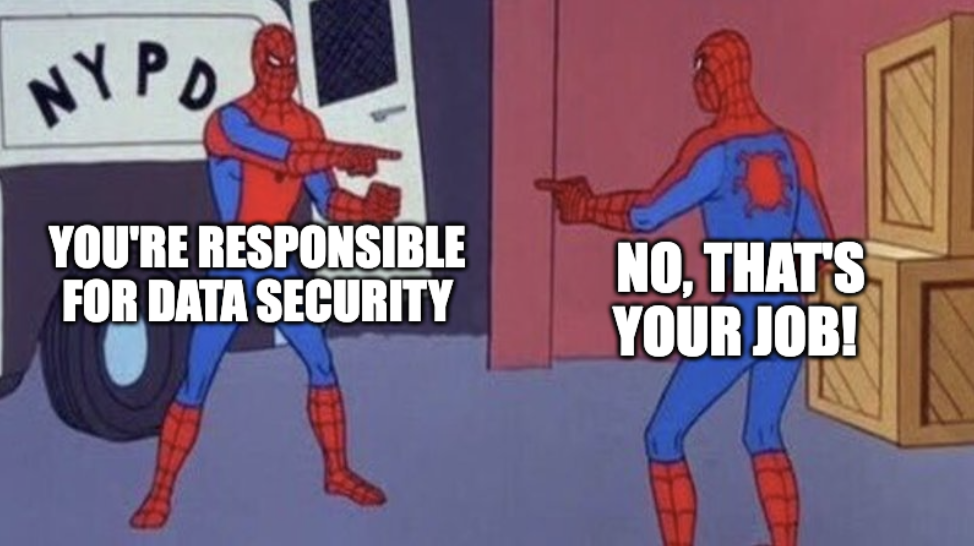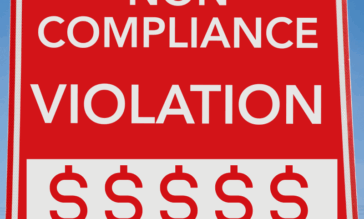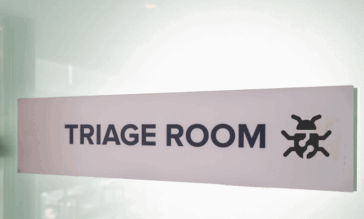GLBA, Cybersecurity, and Your Business

Conquering Hidden Threats with CDR
Cybercriminals incessantly refine their stratagems and ploys, aiming to bypass a firm’s security framework using hidden threats in files. According to research by Verizon, ransomware and other threats hidden in files are one of the top risks for financial institutions. Regrettably, for financial institutions in the US, an additional hurdle exists alongside cybercriminals due to the regulatory mandates of GLBA (Gramm-Leach-Bliley Act), which imposes rigorous stipulations for data security and management.
In theory, enforcing rigid rules for data security appears logical, but the implementation presents many challenges, as most organizations operate within a complex IT ecosystem. This complexity, stemming from various applications, platforms, and data sources, complicates establishing uniform compliance throughout the organization. The struggle for compliance is further intensified by limited resources, budgetary limitations, and a shortage of skilled personnel.

In this article, we will delve into the intricacies of GLBA and investigate how companies can sidestep being ensnared by hidden threats, which serve as one of the most common pathways to non-compliance.
What is GLBA?
GLBA, or the Financial Services Modernization Act of 1999, regulates how financial institutions handle and protect consumers’ private financial information.
GLBA is built on a set of 3 components from which all the different mandates stem:
- Privacy Rule: The GLBA mandates financial institutions to disclose their privacy policies. They must explain how they collect and share personal information and let customers opt out of sharing their data with certain third parties.
- Safeguards Rule: This rule demands specific actions from financial institutions to create security programs to safeguard customer information based on risk assessment and targeted measures to defend against unauthorized access, data breaches, and identity theft.
- Pretexting Provisions: GLBA prohibits individuals from obtaining customer information under false pretenses, a practice known as pretexting. This provision protects against social engineering attacks and unauthorized access to personal financial data.
GLBA applies to a wide range of financial institutions, including banks, credit unions, insurance companies, securities firms, and other entities that provide financial services to consumers. It aims to balance promoting the efficient functioning of financial markets and protecting consumer privacy.
It’s important to note that while GLBA is a US law, other countries may have data protection and privacy regulations for financial institutions.
Hidden Threats Lead to Non-Compliance

The privacy and safeguards rules are the most significant issues likely to be violated in the case of hidden threats. This is because many threats hidden in data and files have the functionality to damage or steal data. When users open files containing these threats, the payload executes, running whatever malicious code is included and starting the attack. The attack could contain ransomware that often also steals data to send off-site or rootkits, which open backdoors to cybercriminals, allowing them to come in and ransack existing data stores.
These attacks allow cybercriminals to access sensitive data without any restrictions. Even if data is not stolen, the fact that they could make alterations to files could affect the ability to report financial information or modify customer accounts accurately. Any of which could have wide-reaching implications on customer confidence and organizational reputation.
What are the Risks of Not Complying?
Beyond the damage to reputation, failing to comply with GLBA comes with costly legal, financial, and oversight penalties. It is crucial to note that the level of negligence or failure involved directly affects how impactful these penalties can be.
Enforcement of GLBA falls under various bodies. These include the Federal Trade Commission (FTC), the Office of the Comptroller of the Currency (OCC), the Federal Reserve, and the Consumer Financial Protection Bureau (CFPB). These agencies wield considerable power to conduct investigations and impose heavy fines. The fines rise with non-compliance severity and duration.
Non-compliant institutions also risk heightened scrutiny from regulators, resulting in more frequent audits that can disrupt regular operations due to their time-consuming and resource-intensive nature. In extreme cases of non-compliance, regulators have the power to revoke an institution’s license or charter, effectively halting their operations.

Customers can even sue institutions for compromising their private financial information due to non-compliance, potentially leading to costly legal liabilities.
Navigating Evolving Threats with a Unified CDR Strategy
While traditional antivirus (AV) software is vital in tackling known threats, its efficacy in combating rapidly evolving cyber risks is limited. To truly safeguard against hidden threats, organizations must adopt a more holistic, proactive approach.
Integrating Content Disarm and Reconstruction (CDR), or file sanitization, within cybersecurity protocols is critical. Unlike AV, CDR doesn’t rely on prior threat knowledge. Instead, it rebuilds files with safe components, neutralizing potential threats undetectable by AV.
This comprehensive strategy also includes retroactive scanning, enabling organizations to review original file copies post-sanitization, thus evaluating their CDR solution’s effectiveness. This unified strategy with CDR at its core equips organizations to stay ahead of the evolving cyber threat landscape.

Votiro Is a Unified Solution
Votiro elevates the standard CDR approach by offering an optional integration with AV and RetroScan. This allows auditable tracking of threats that Votiro eliminates as soon as they’re detected by AV. As a reputable provider of CDR solutions, Votiro enables financial institutions to experience a confirmed return on investment. This meets demanding performance standards while efficiently protecting customers from concealed threats.
Votiro is designed for swift deployment, leveraging an API-focused approach that integrates smoothly into pre-existing business processes to instantly safeguard against cyber threats. Its implementation times are notably brief, with Software as a Service (SaaS) installations taking a mere 10 minutes and on-premises installations requiring just 90 minutes.
Contact us today to learn more about Votiro sets the bar for preventing hidden threats. You can also skip right to a free 30-day trial of Votiro!
News you can use
Stay up-to-date on the latest industry news and get all the insights you need to navigate the cybersecurity world like a pro. It's as easy as using that form to the right. No catch. Just click, fill, subscribe, and sit back as the information comes to you.
Sign-up Here!
Subscribe to our newsletter for real-time insights about the cybersecurity industry.



